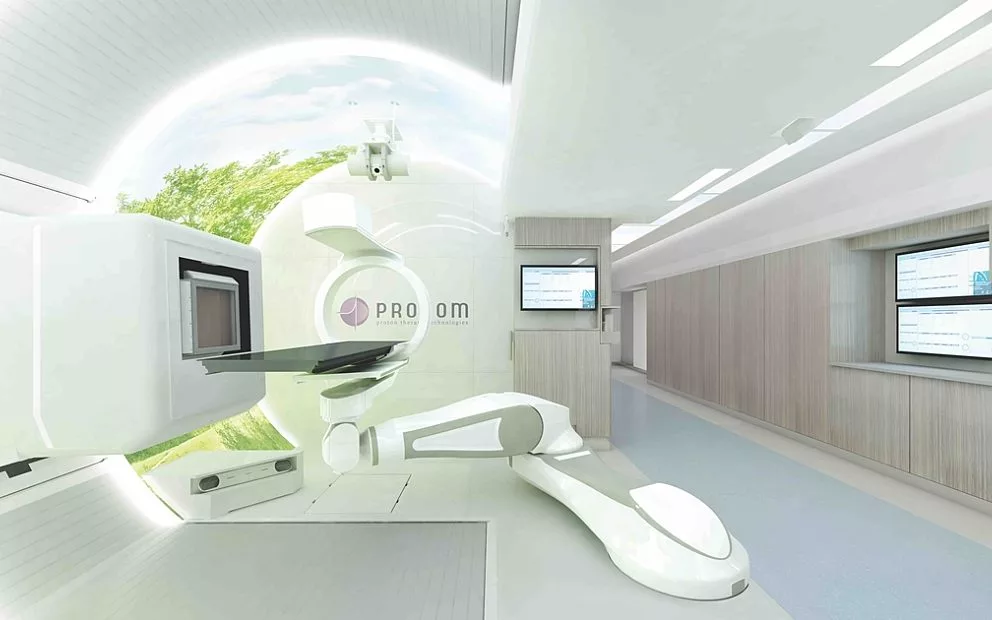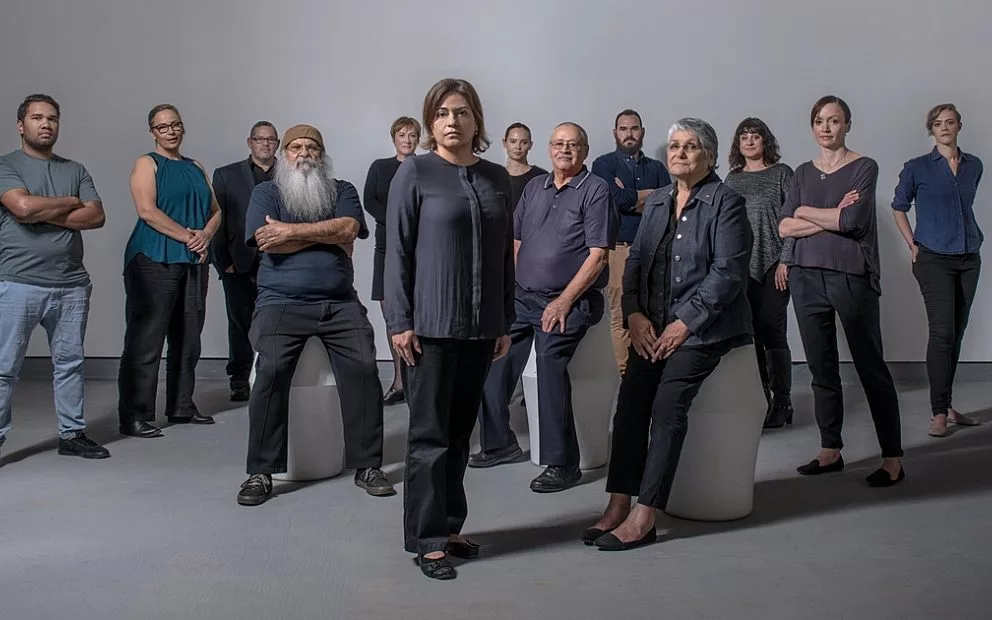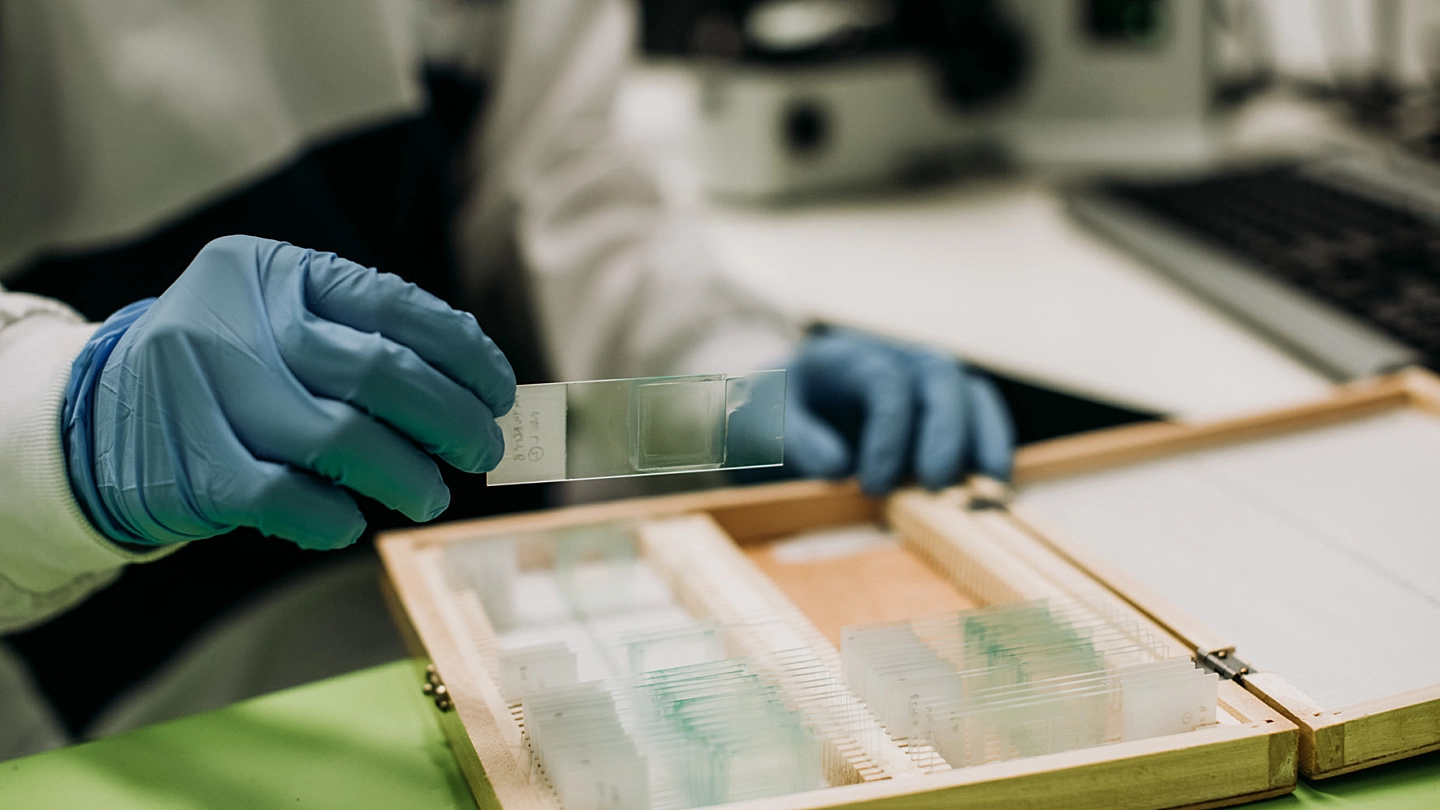The ability for Australians to access revolutionary life-saving treatment for paediatric and rare cancers has been greatly improved by the Federal Government’s decision to add proton beam therapy to the Medicare Benefits Schedule.
The Australian Bragg Centre for Proton Therapy and Research, currently under construction in a project spearheaded by SAHMRI, will be Australia’s first proton therapy unit and the first of its kind in the southern hemisphere.
SAHMRI Executive Director, Professor Steve Wesselingh, welcomed the decision as providing financial and emotional relief during an enormously stressful time.
“A cancer diagnosis doesn’t just impact the individual, it’s felt by their entire family and support network, even more so when it involves a child,” Professor Wesselingh said.
“Proton therapy is the most expensive treatment ever listed on the MBS, which shows how important this decision is to provide public funding for those in need.”
Proton therapy is a precision form of non-invasive cancer treatment that targets tumours while reducing radiation exposure to surrounding tissues compared to conventional radiotherapy. This means it can more safely treat cancers close to vital organs such as the brain and spinal column and is especially effective for treating children.
Currently, Australians seeking proton therapy must privately fund the cost of overseas treatment or apply for the Federal Government’s Medical Treatment Overseas Program. Even if approved for financial support, the emotional costs of relocating and undergoing treatment away from friends and family can be considerable.
The decision to add proton therapy to the MBS was announced by the Federal Minister for Health and Aged Care, the Hon Greg Hunt, following advice from the Medical Services Advisory Committee.
“SAHMRI and our partners in the Australian Bragg Centre development have worked closely with the Federal Department of Health over the past 18 months to present the case that Australians deserve subsidised access to proton therapy,” Professor Wesselingh said.
“Thanks to this, Australian families won’t have to put a price on their health when making decisions about which treatment to seek for rare cancers.”
Australia’s first proton therapy unit will be housed in a shielded concrete bunker in the basement of the Australian Bragg Centre, which is currently under construction in Adelaide. The building is expected to be completed in 2023. From then, the proton therapy machine will undergo 12-18 months of installation and testing before patient treatments begin.
“A new, safer cancer treatment to improve patient outcomes will be the primary and most important function of the Centre,” Professor Wesselingh said.
“However, this facility will also play a vital role in international proton therapy research. The use of protons for treatment is relatively new, so medical science has only scratched the surface of what cancers it could potentially be used to treat.”
The Centre will also become a hub for the training and development of proton therapy professionals to staff new centres arising throughout the Asia-Pacific region in future.
The Australian Bragg Centre is funded by a public/private partnership including SAHMRI, Commercial & General, the Federal Government and the South Australian Government.



